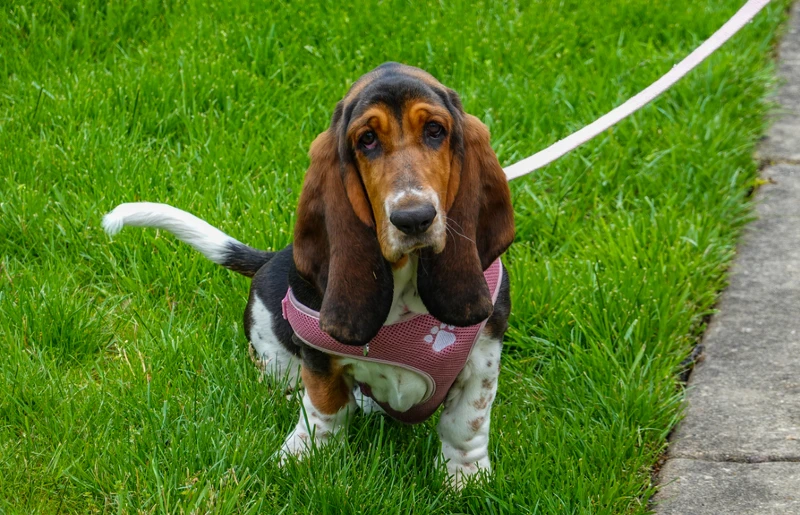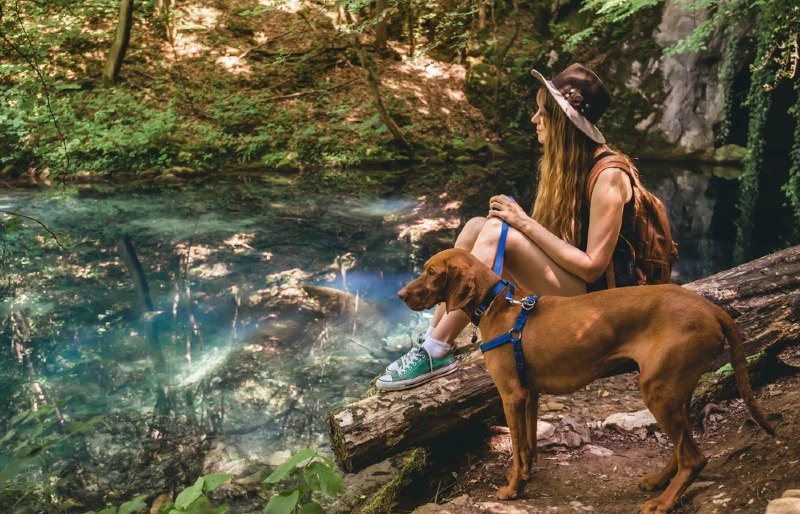How to Train an Alaskan Malamute: 6 Expert Tips
Updated on
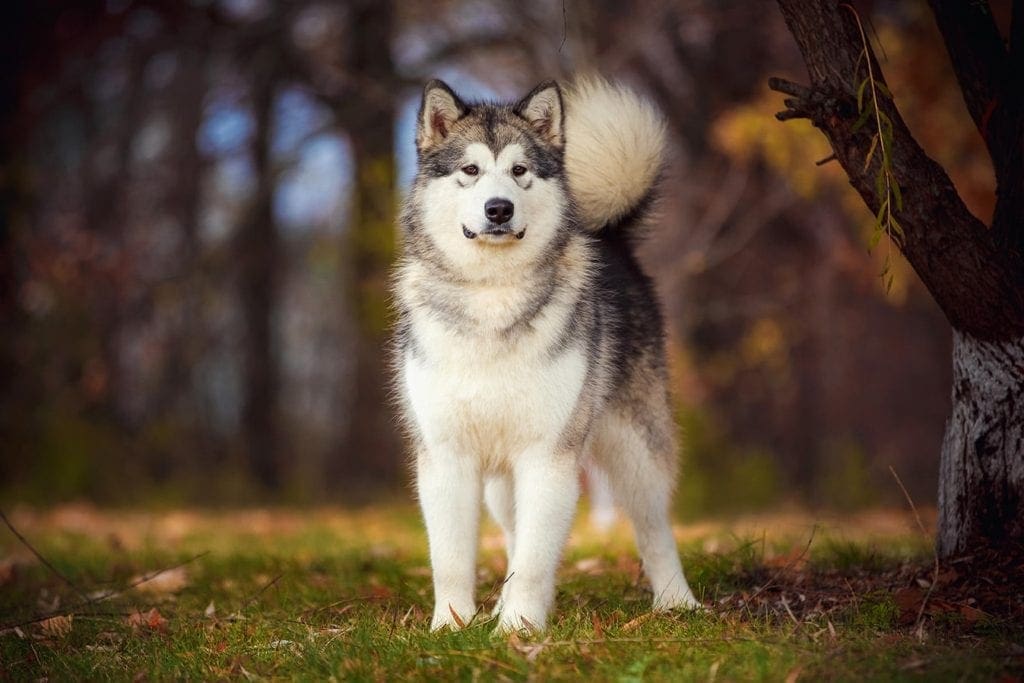
The Alaskan Malamutes is a beautiful dog breed known for their large size and high intellect. If you are considering bringing home an Alaskan Malamute, training them is essential. Although Alaskan Malamutes naturally have reliable temperaments, they still need to be trained to become an obedient member of your family.
You can begin training Alaskan Malamutes as young as 8 weeks old to prevent them from forming bad habits that might be difficult to correct as they get older. However, it is possible to train an Alaskan Malamute at any age if you are willing to put in the work.
Is It Difficult to Train An Alaskan Malamute?
It can be relatively difficult to train Alaskan Malamutes if you have no prior experience with the breed. Alaskan Malamutes can be stubborn and dominating at times, which can make training sessions challenging.
Keep in mind that Alaskan Malamutes are a high-energy breed that wants to work and exercise. They are highly intelligent dogs that do not take lightly to being cooped up at home all with no mental or physical stimulation. Alaskan Malamutes respond well to training that works with their temperament and energy levels rather than against it. It will be easier to train your Alaskan Malamute once all their needs are being met.
These dogs require plenty of daily exercise, a healthy diet, daily grooming, and ideally early training. It is important to be consistent with your Alaskan Malamutes training if you want to start seeing results.
The overall aim of training your Alaskan Malamute involves:
- Socializing them with other people and pets
- Establish a relationship and form of communication between the two of you
- Allowing them to adjust and follow house-breaking rules
- Correcting undesirable behaviors and rewarding the good ones
- Teaching them basic commands that encourage obedience
- Creating a daily routine that works for their temperament and exercise needs
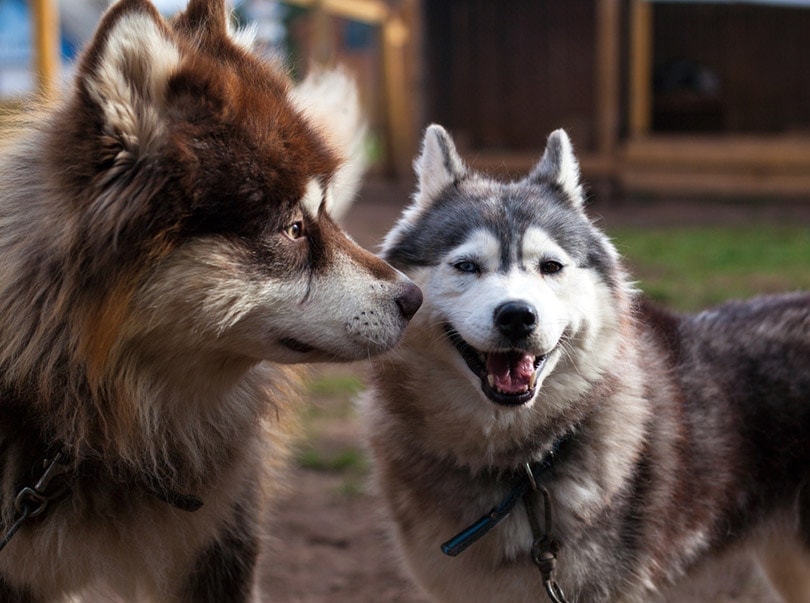
Top 6 Tips on Training Alaskan Malamutes
Let’s take a look at six training tips you can use for Alaskan Malamutes below
1. Ensure They Are Well Exercised Beforehand
An Alaskan Malamute who hasn’t had their daily exercise or mental stimulation yet is likely going to be too distracted to focus on training. It is going to be slightly easier to train your Alaskan Malamute once they have been tired from exercising and have no pent-up energy.
However, you want to avoid exercising them to exhaustion so that they can still respond to training. A 10-to-20-minute walk around the block and a short play session before training is usually sufficient.
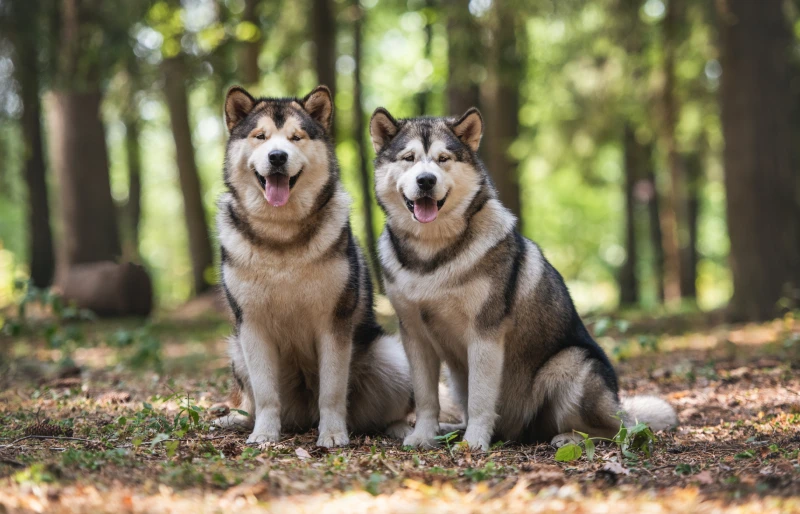
2. Use Positive Reinforcement
Positive reinforcement is a popular method to train most dog breeds, including Alaskan Malamutes. The term “positive reinforcement” simply means to add onto something to make it stronger. In this case, you would be strengthening your Alaskan Malamutes’ good behavior with something positive like treats.
For example, if your Alaskan Malamute responds to the word sit or stay by sitting, you reinforce the behavior with a treat. Over time, your Alaskan Malamute will make the connection between your command and certain behavior reward-worthy.
With positive reinforcement, you want to focus on your Alaskan Malamutes’ good behavior rather than punishing them too much for unwanted behavior.
3. Be Clear and Consistent with Commands
Being clearer and more consistent with commands while training your Alaskan Malamute will make the process easier to understand. If you are regularly changing your command words or making them too wordy, your Alaskan Malamute might have difficulty following them. Keep the command words short and sweet—such as sit, stay, down, and heel.
Avoid adding the words to sentences during training and keep your voice calm and leveled when phrasing them. When your Alaskan Malamute responds correctly to a verbal command, reward them with a treat followed by a short praise like “good dog”.
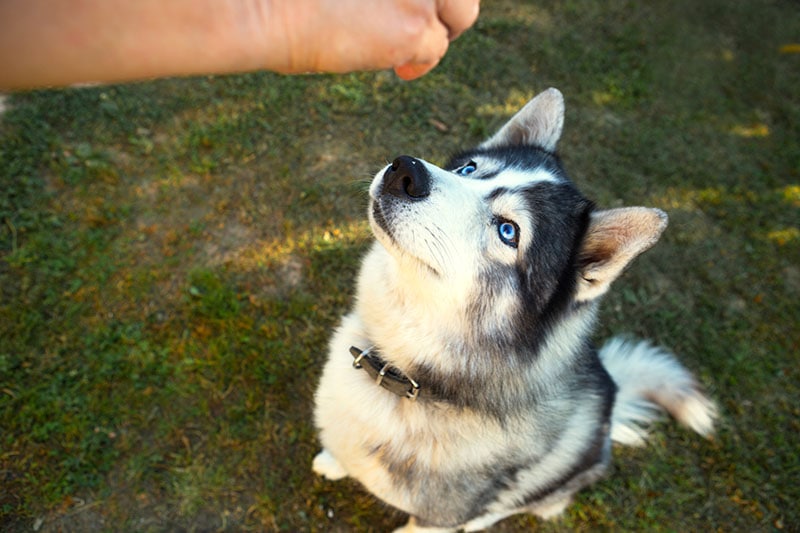
4. Keep Training Short and Frequent
Alaskan Malamutes, especially when they are still young, are not going to be interested in long training sessions. You ideally want to keep their training short and sweet, but more than once a day. Try incorporating their training into a productive daily routine shortly after low-impact exercise or playtime. If the training sessions are long and the focus is lost, you will probably be frustrated when they do not maintain the same level of attention as they did in the beginning.
5. Try Training Them in Different Environments for Exposure
Your Alaskan Malamute’s training should be useful in all environments, whether it be outdoors or indoors. While it is recommended to train them from home first, exposing them to different environments such as parks, walks, gardens, and areas with other people or dogs is beneficial.
After all, those are places you want your Alaskan Malamute to apply their training in. It can be trickier to train your Alaskan Malamute in environments that distract them, so patience and consistency will be key. However, you should first train your Alaskan Malamute with few distractions so they can focus on you. It is better to start training them in other environments once they are following your commands and basic training at home.
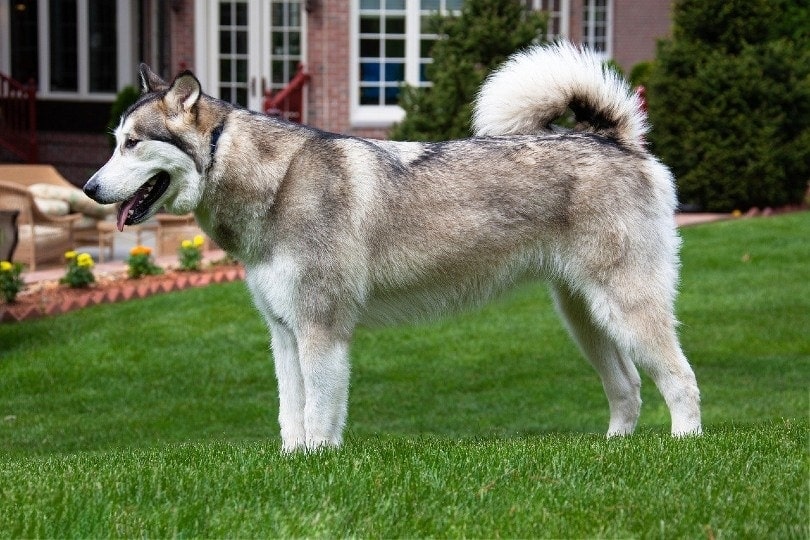
6. Avoid Using Commands Negatively at First
You ideally want your Alaskan Malamute to associate training cues and commands with a positive situation at first. If you were to use it during situations your Alaskan Malamute finds negative, they might be hesitant to follow the command in the future. For example, don’t use new commands they are learning during activities your Alaskan Malamute dislikes, such as bathing. Rather use the commands during negative situations after your Alaskan Malamute has been trained to follow them.
Conclusion
Training your Alaskan Malamute might be daunting at first, but your efforts will soon be rewarded. Alaskan Malamutes are eager to be trained and enjoy following commands and bonding with their owners. These arctic sledding dogs respond well to positive reinforcement, praise, and low-impact exercise during training.
Featured Image Credit: Tatyana Kuznetsova, Shutterstock


